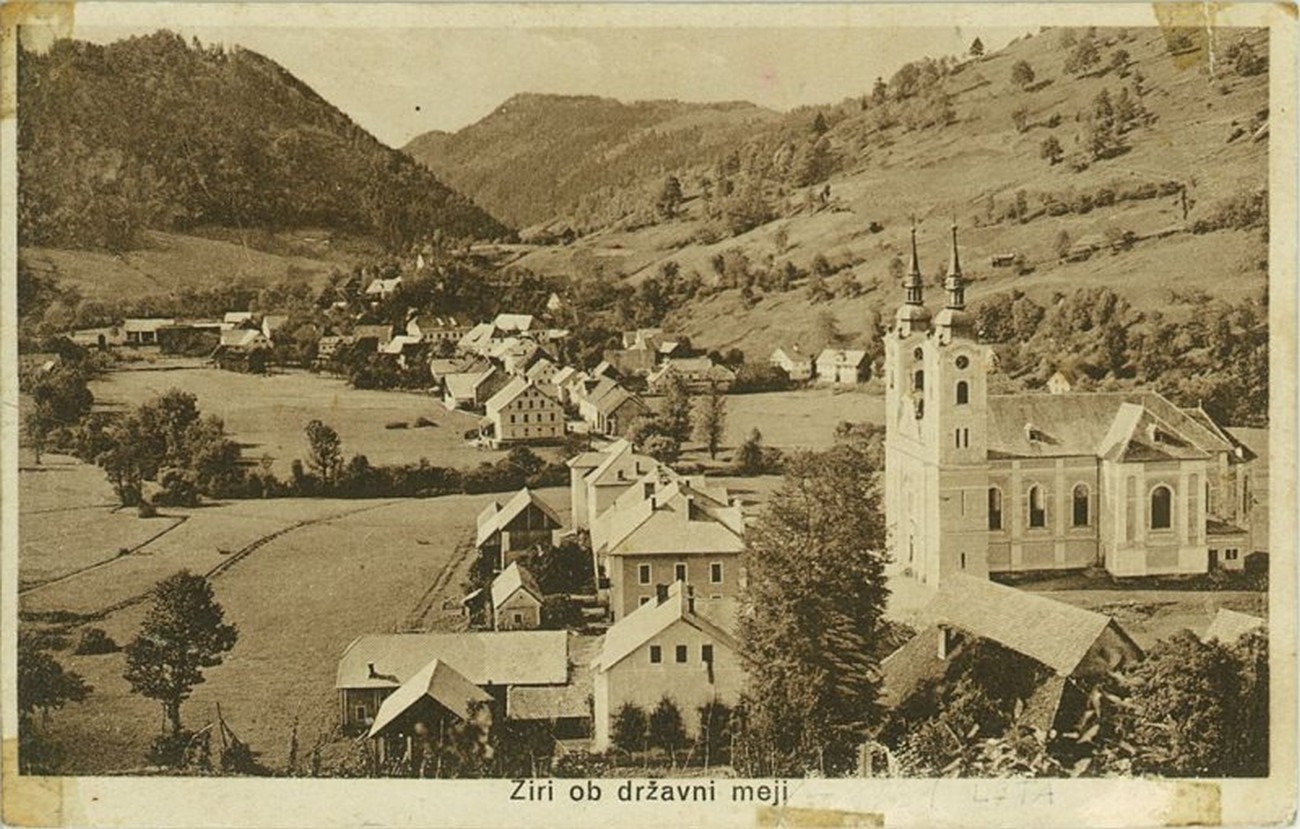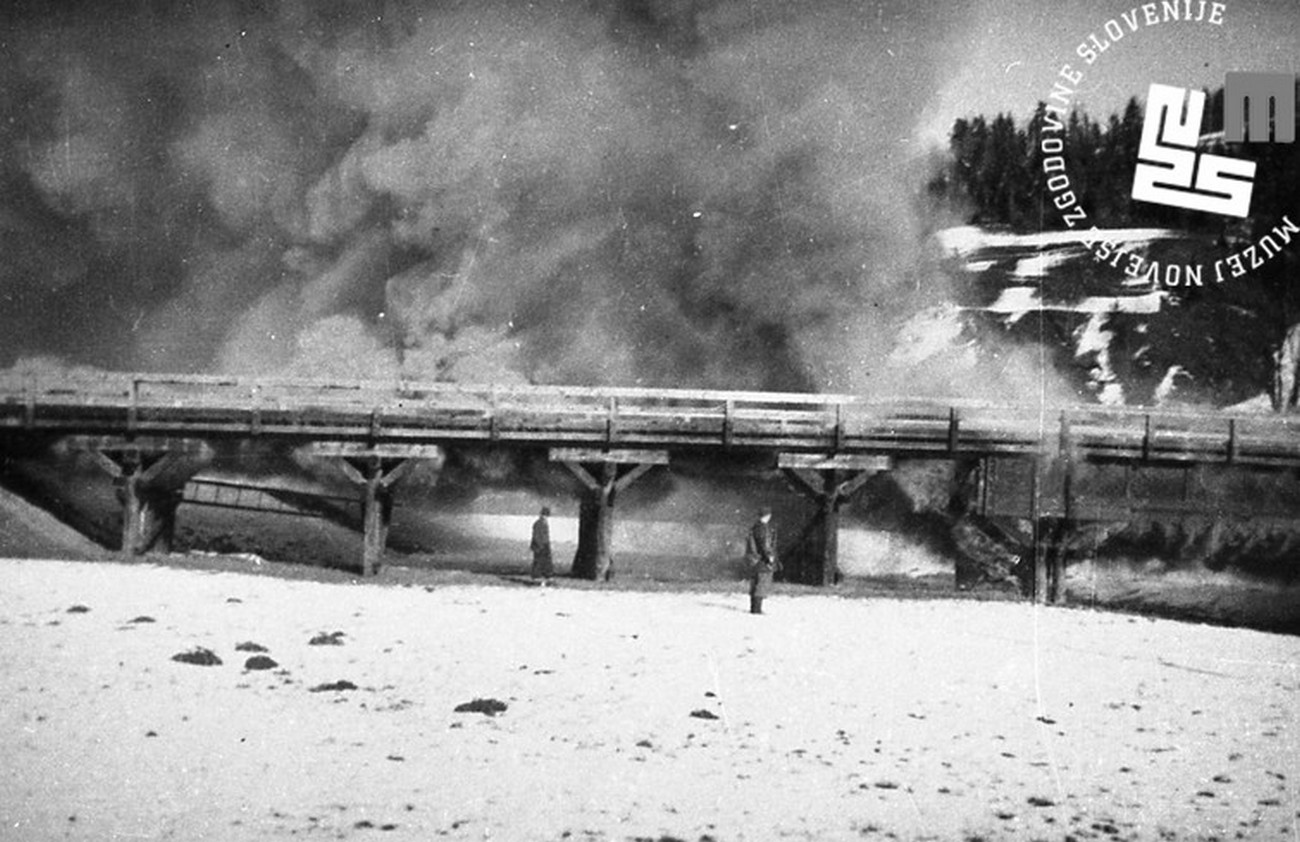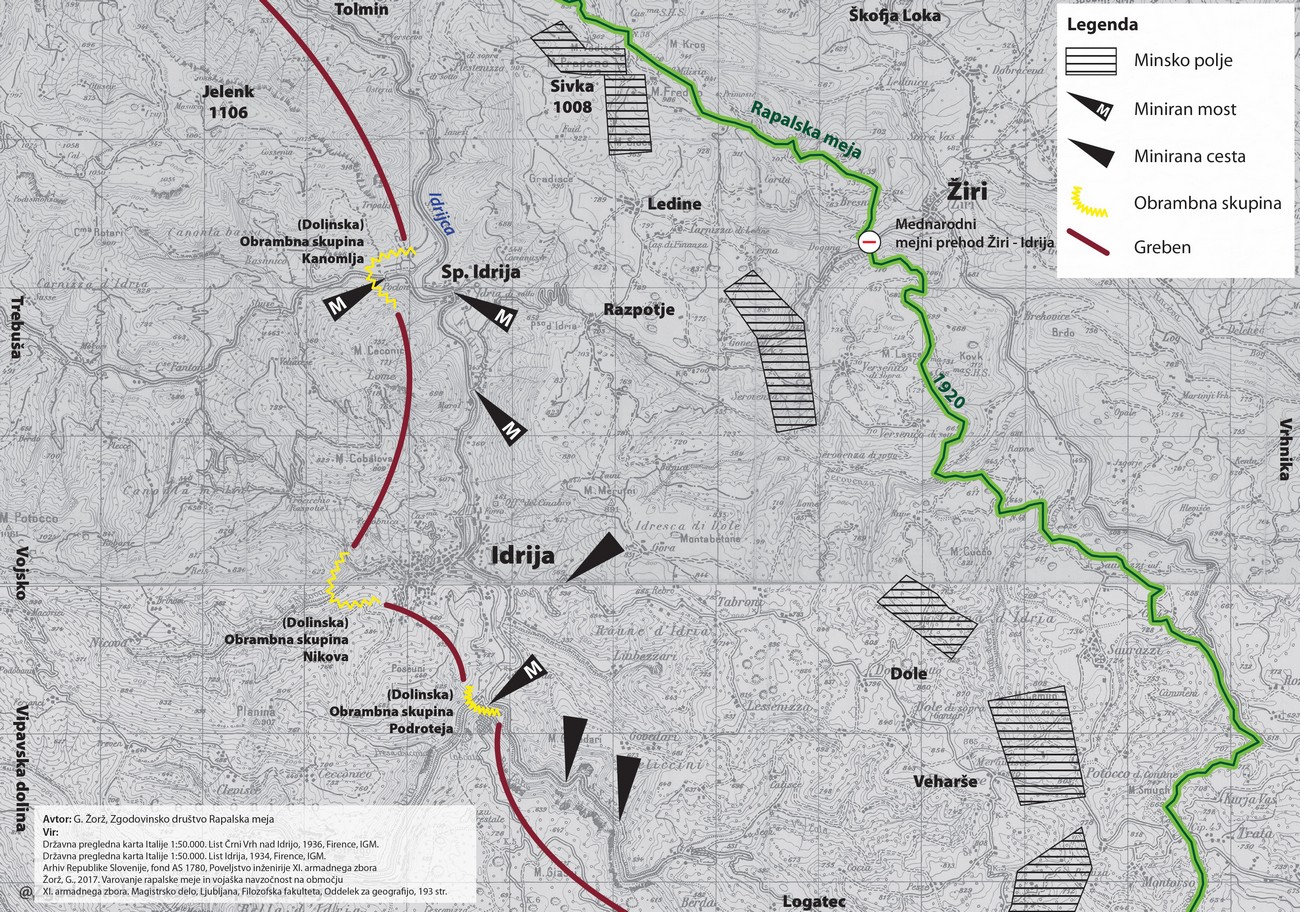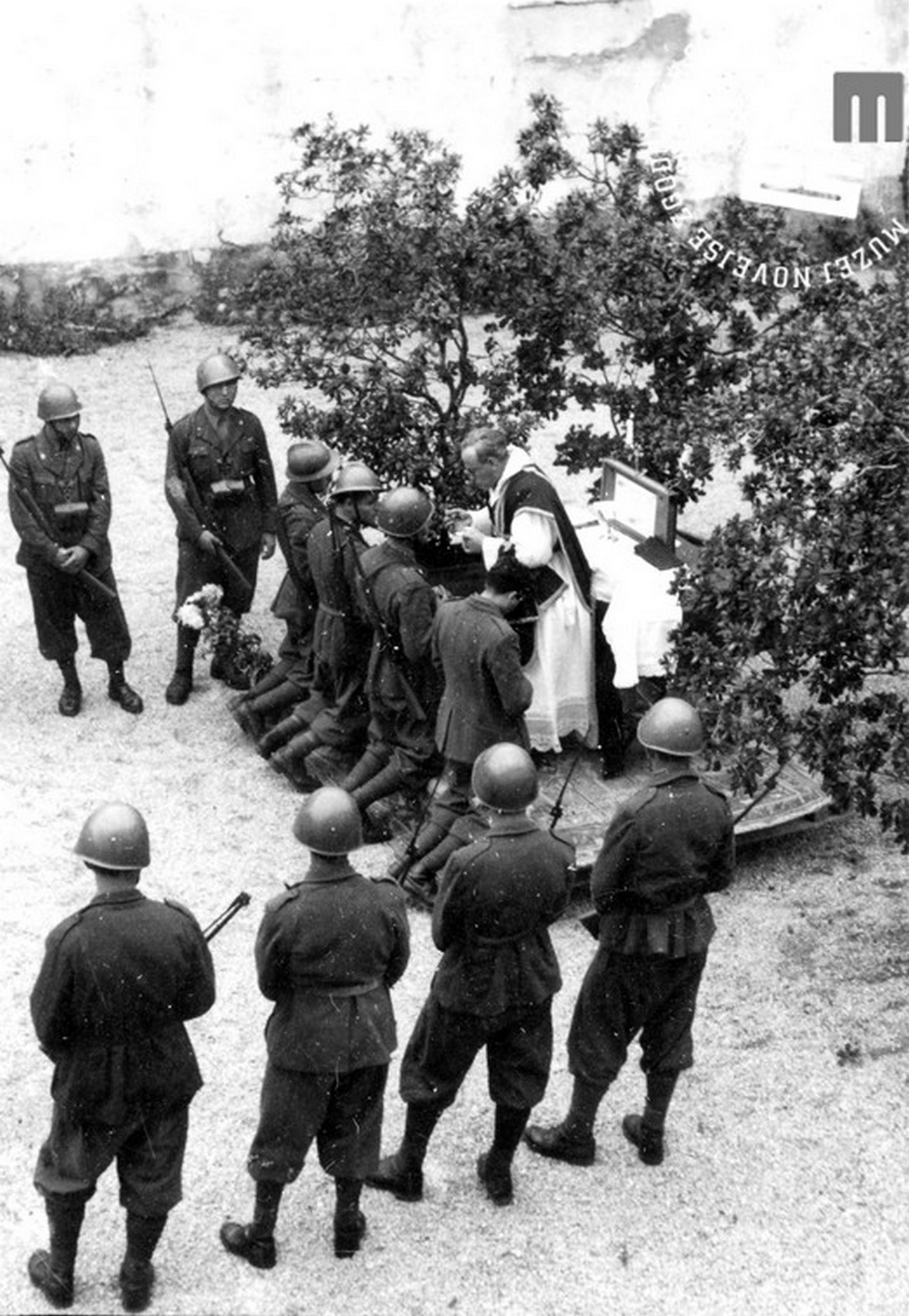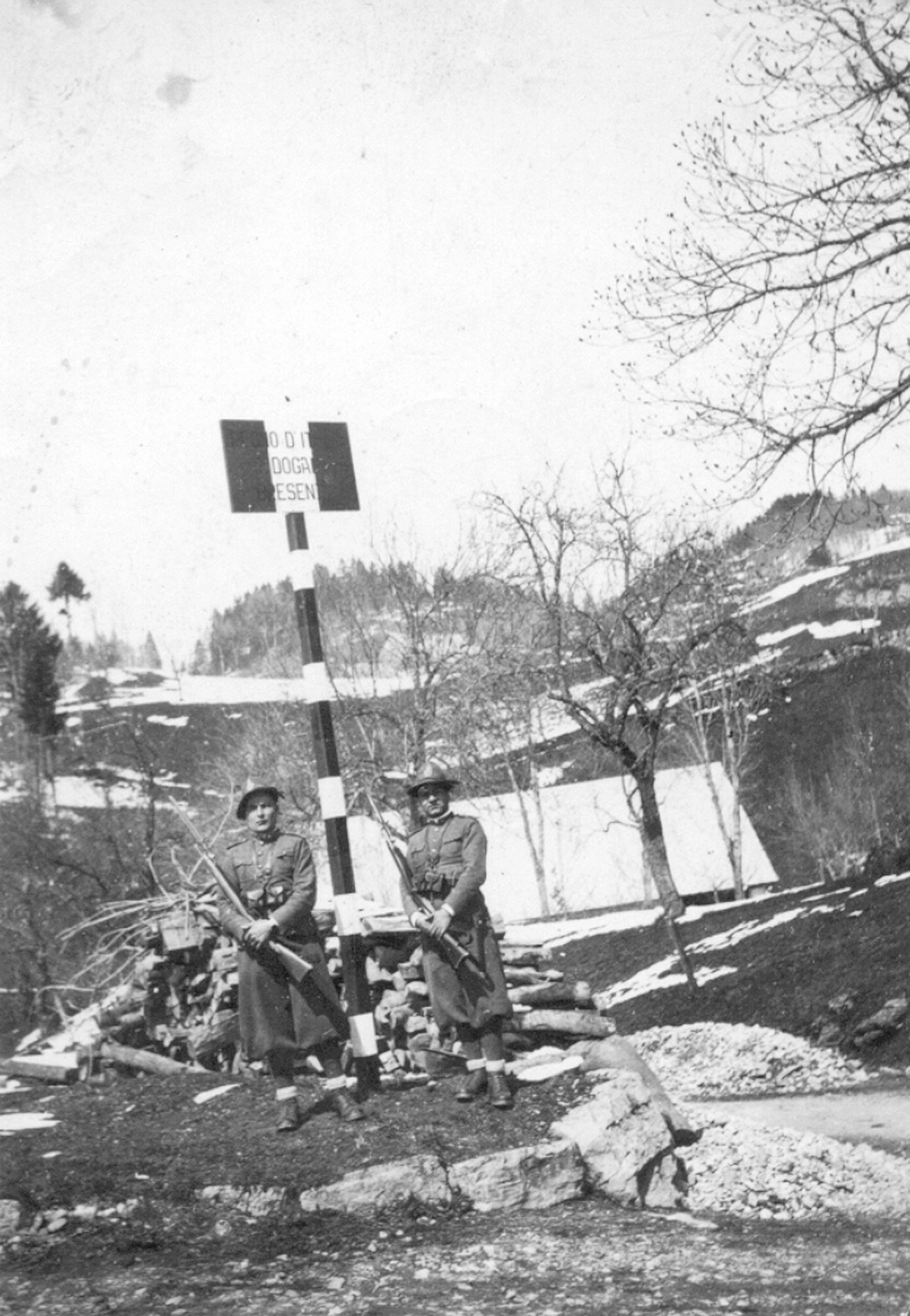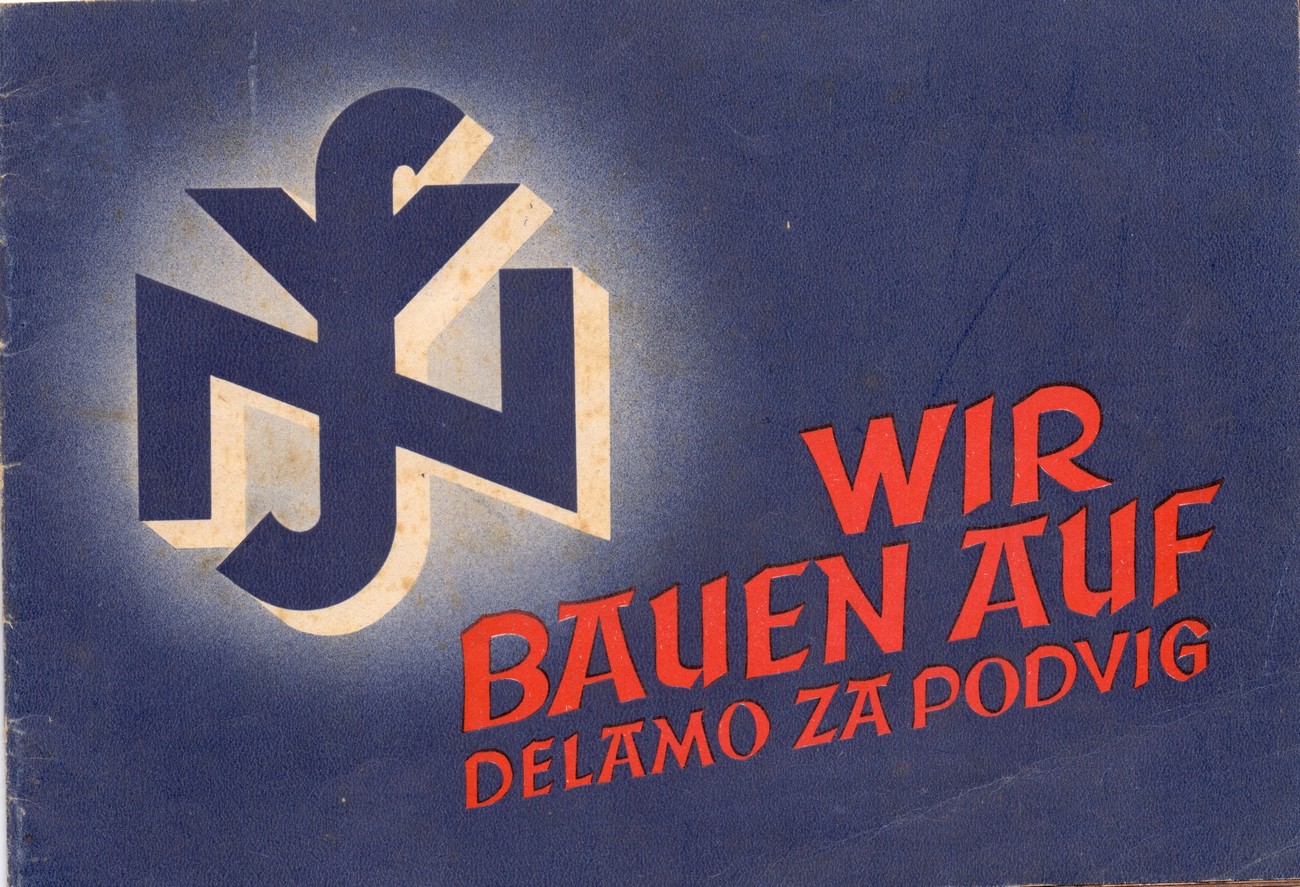In the interwar period, Žiri was a Yugoslavian town on the border with the Kingdom of Italy. The border, which had been set by the signing of the Treaty of Rapallo in 1920, dug deep into Slovenian ethnic territory. Some of previously-established connections were also broken in the surrounding area of Žiri, due to the fact that the Municipality and the Parish of Žiri had lost a number of settlements. At the start of the World War II, the stunted Žiri were scattered with the Rupnik line’s various fortresses, which never served their purpose. This is due to the fact that the Italian invasion of the town was a peaceful one. On 6 April 1941, the news of the Kingdom of Yugoslavia being under attack shocked the local population that had still been able to attend the Palm Sunday Mass service. Their return home, however, was a bit more difficult, since barricades had already been placed on the bridges and the roads were crisscrossed with barbed-wire obstacles. On the following day, public offices retreated from Žiri and an order to evacuate the town was issued. The severity of the situation was additionally confirmed by the Yugoslav demolition of vital bridges on 8 April 1941, which resulted in Žiri losing a significant portion of its traffic connections. Those who did not evacuate straight away still had the option to retreat through Račeva to Smrečje, and then continue their way to Ljubljana and its surrounding areas. The homes they vacated became so tempting for thieves that the priest Ivan Pečnik needed to establish a guard to protect them.
The uneasy atmosphere was additionally made worse by the Italian bombardment of Žirovski vrh, but despite the tensions running high, there were no clashes. Due to the prior retreat of the Yugoslav army, the Italian units were not met with any resistance when they crossed the border. This allowed them to peacefully take over Žiri on 11 April 1941. The main Italian office was located in school facilities opposite the presbytery. After the return of the local population after a few days of refuge, it was announced that they needed to provide maintenance for the Italians. The situation settled and life returned to its relatively normal tracks – the teachers were still allowed to teach and the priest was allowed to remain in the town.
